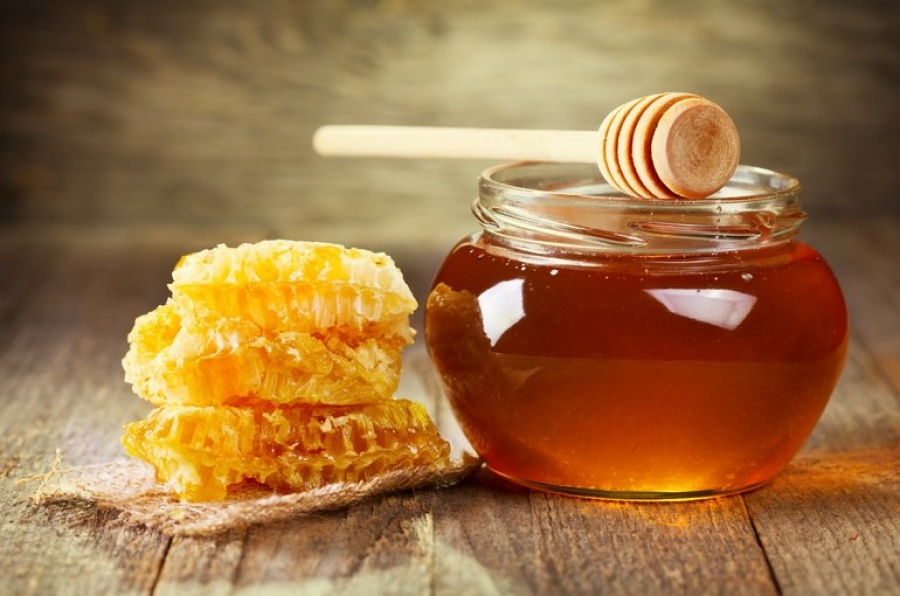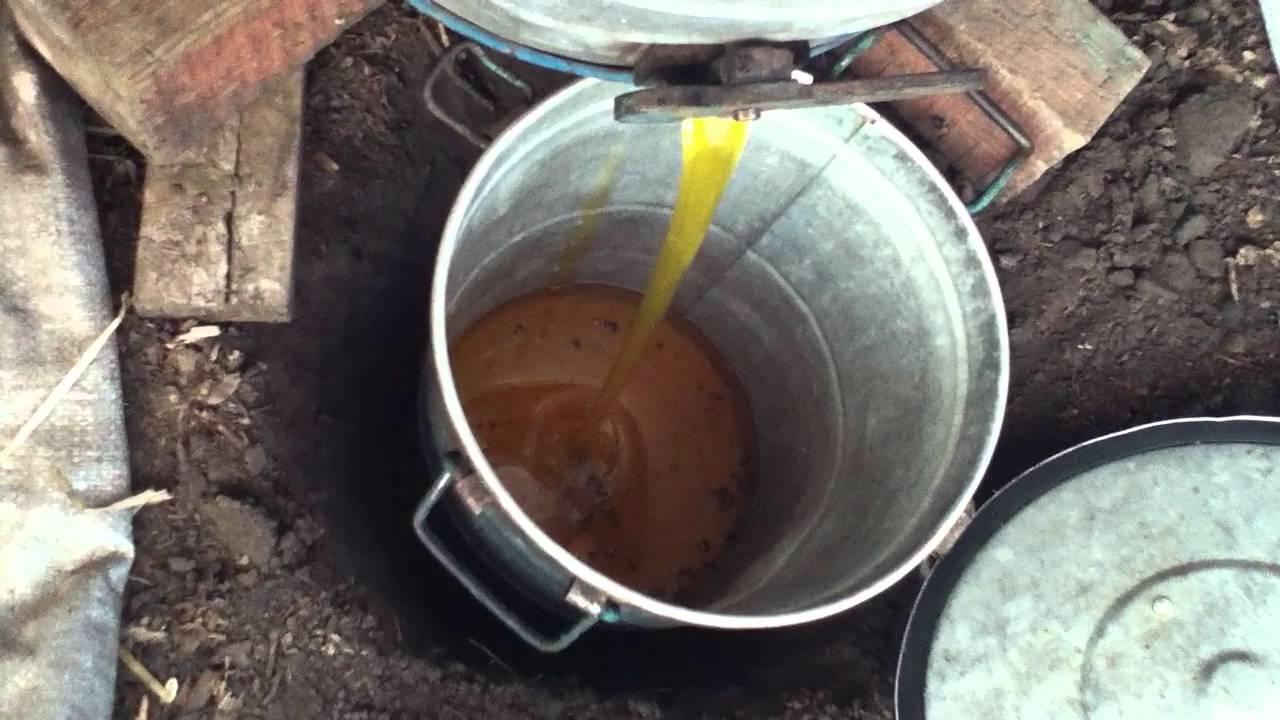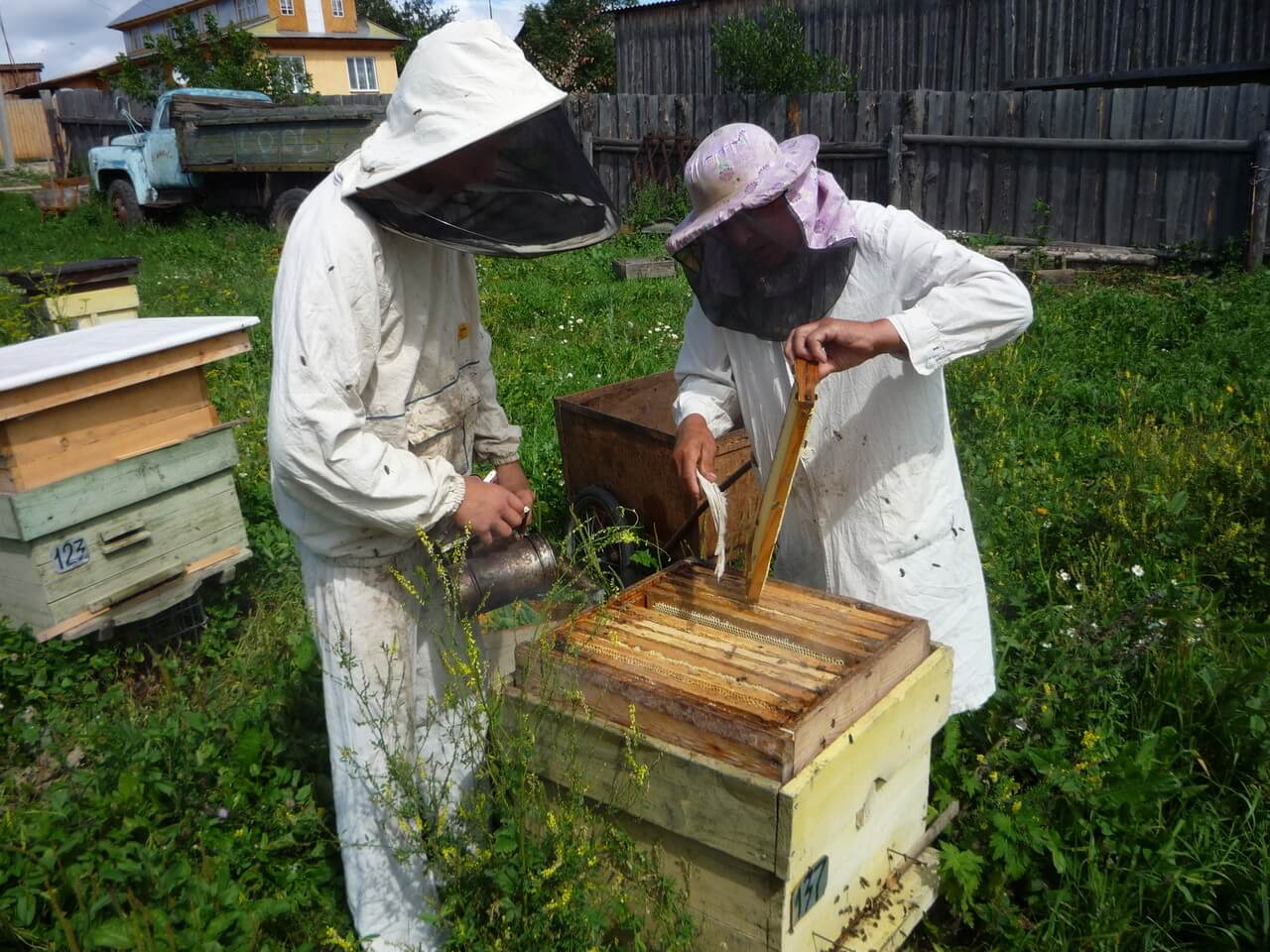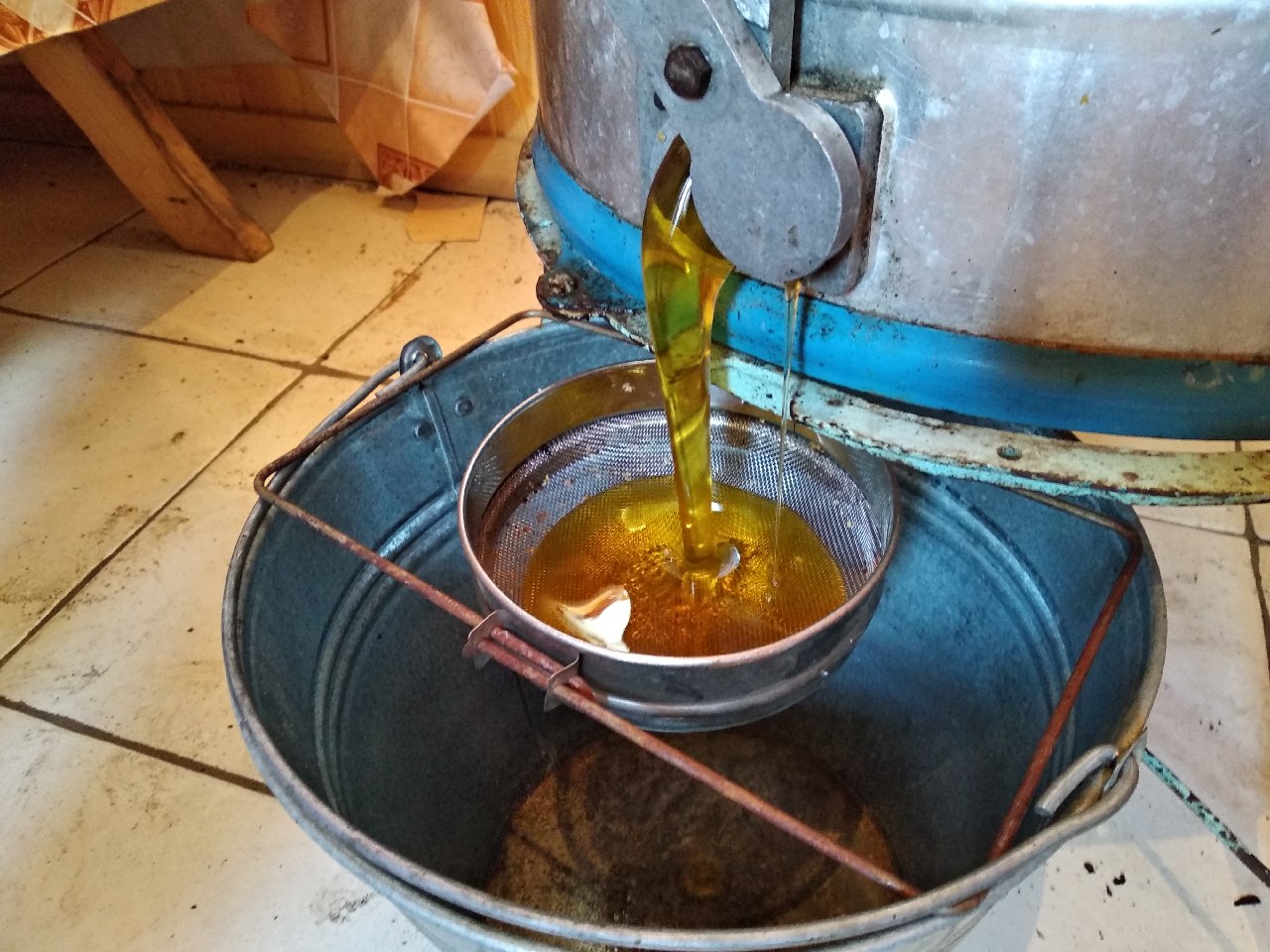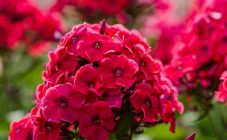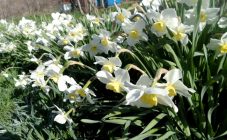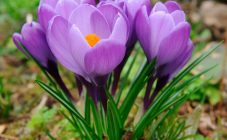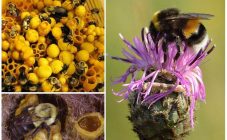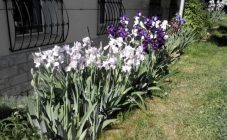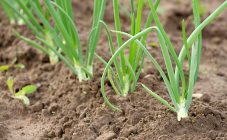Content:
Honey, due to its unique healing properties, is a valuable medicinal gift of nature. Collecting it competently and on time will maximize the benefits of this product. From early spring, when bees begin to work on the production of honey, filling the honeycomb with it, you need to pump it out regularly. The pumping out of the bee-processed product is a hard, time-consuming work not only for the beekeeper, but also for the bees.
Even the most experienced beekeeper will not tell when to pump out honey correctly. If the harvest is large, this procedure may have to be carried out more than once a season. At the same time, you need to know not only when to pump honey, but also how to do it correctly, so as not to break the honeycomb and spoil the valuable product itself.
Features of a temperate climate
Many novice beekeepers do not know when to pump honey in central Russia, in the Moscow region and other regions. And then you have to focus on climatic conditions in order to choose the right time. With the early onset of spring, when the flowers bloom quickly, the first fence of a valuable product can be carried out in May. In the regions that are located a little to the north, the heat rarely comes so early, so getting the first honey there is possible no earlier than the end of June or even in mid-July.
It also happens that the weather was not at all happy with the spring warmth, in Siberia, for example, then beekeepers may not carry out the first collection of honey at all. Even if all the conditions for the early pumping of a valuable beekeeping product correspond - spring came early and the flowers bloomed quickly - there is never enough first honey. And if the weather did not allow the flowers to bloom in the spring in due time, spring honey is mixed with summer honey and you need to choose it, respectively, also in summer. At the same time, honey loses its special taste characteristic of spring rolling.
For the southern regions, a warmer and more favorable climate allows for the first pumping of honey no later than June. When willow and acacia are blooming (this happens under favorable conditions in mid-May), you can test how mature the honey is, and then pump out the first harvest.
Since spring, even within the same climatic zone, can come in different ways, it is impossible to say in advance the exact time of the first harvest. It is also worth taking into account the amount of precipitation, which may prevent the bees from flying. Usually, beekeepers begin to release their charges when dandelions and fruit trees are blooming. At this time, the air is not yet warm enough, but the approach of spring is already felt.
How is the transfer
To carry out this work, the beekeeper needs helpers. And the more there are, the sooner the process will progress. Pumping is best done in a room with good ventilation and a temperature of at least 25 ° C.
If the apiary is nomadic, then it is better to use tents with mesh windows so that the air circulates well and insects do not fly in.
Before you start pumping honey, it is important to make sure that it is ready.If the product is not yet ripe enough, then at high humidity it will begin to ferment and soon turn sour. Honey that is not yet ripe will flow out immediately when the frame is tilted.
Before starting the process, the frames are sorted by the color of the nectar.
Pumping stages
Honey is pumped out in the following sequence:
Preliminary stage
First, you need to prepare the equipment: wash and dry the honey extractors, as well as containers for unsealed frames and vessels where honey will be infused, sharpen and sterilize the knives, lubricate the mechanisms of the key tool. All combs should be cleaned of insects with a brush or blower.
In hot weather, bees are more aggressive and zealously guard the fruits of their labor, so you have to use a phenol solution that is safe for bees, which has a pungent odor and is able to force the bees to leave their hive for a while.
If the hive consists of two buildings, then the honey intake starts from the lower one. And if it is multi-body, then a frame is used, on which a cloth soaked in carboxylic acid is pulled to remove bees. Removers are considered the best option, they must be installed in advance in the evening. Their use is allowed only if there is no brood.
In order for the bees to fall into the hive, the frames are shaken during removal. Those insects that remain must be removed with a brush dipped in water. When removing the frames, they start from the second, since it is forbidden to touch those that are located at the walls.
When removing frames, they must be carefully inspected. Those in which the brood is located must be immediately returned to the place. When such frames are placed in the honey extractor, brood that is not sealed will fall out and die, and the sealed one may suffer.
After all the frames are pulled out, the hive needs to be covered. Further, the upper part of the frames is cut off. This is much easier to do if the knife is hot. When all the honeycombs are free of bees, they are transported to the place where the pumping should take place.
Pumping process
When all frames are printed, they need to be installed in the honey extractor. The open side should face outward. To avoid overweight and strong vibrations, they must be placed symmetrically.
Next, they begin to rotate the handles or connect the electric drive to the power supply. Under the influence of centrifugal force, honey from the frames is first sprayed and then flowed down. When pumping out honey, the tap should be opened only when the bee product has drained to the maximum.
After the frames are pumped out from one side, they are taken out and cut again, only from the opposite side. Then they are put back into the honey extractor. Only with the correct installation of the frames is it possible to pump out high-quality honey, after which it will be ready for use.
The product obtained after pumping is poured off by passing through a sieve. The readiness of honey can be checked by the mound that forms its stream.
End of procedure
After pumping out the honey, the frames must be placed back into the hives, and the strained product should be left to infuse for 2 days. From time to time, remove the foam that forms on its surface from honey during the infusion. After settling, it is poured into containers made of glass or wood, as well as into dishes with an enamel surface. If it is noticed that more liquid nectar rises to the surface, then it must be removed immediately so that the honey does not deteriorate.
Pumping without honey extractor
If it is not possible to purchase the main tool for pumping honey - a honey extractor, then you can use the pressing method. However, when using this pumping method, the frames are damaged, which is the main drawback. If you squeeze honey by hand, you can save them, but then the process will take too long.
Therefore, those who are engaged in beekeeping seek to acquire a honey extractor in order to save their energy and time.The options made of galvanized or aluminum and also designed for 2 frames are the most economical.
When the first honey is pumped out
It is difficult to answer the question when beekeepers pump the first honey. It depends on many factors that need to be considered during the preparation process.
The first pumping of honey for the Middle Lane can be carried out between the end of May and until mid-August. It begins during the flowering period of acacias and lindens, when the climate is warm and dry, and the bees are allowed to bloom for dandelions and fruit trees. Despite the small volumes of the first honey, the May sample is special for its delicate aroma and taste.
The flowering of melliferous plants also make their own adjustments during the pumping of honey. For example, buckwheat and linden nectar begins to pump between late June and mid-July. The weather conditions for honey pumping also play an important role: bees will not fly out if it is cold or raining outside, and in hot and dry weather the flowers emit little nectar.
The timing of the sealing of the honeycomb is determined by the bees themselves. By ventilating the hives with their wings, they are able to remove excess moisture from the honey, thereby preparing it. When the desired degree of readiness of the product is reached, the bees begin to seal each individual honeycomb with a bar (special wax lid).
You need to start pumping honey from the strongest colonies so that the bees do not swarm, and make room for the next collection. If the houses are small and cramped, then you need to make a partial collection throughout the season. In this case, only those frames that are already sealed are subject to extraction.
Pumping honey: which frames do not pump out
It is forbidden to take honey from the combs if the frames are not yet sealed or there is brood in them. If you pump out a product that has not been sealed, then it will soon turn sour due to excess moisture in it.
Regular weight gain is evidence that the product is ripe and ready to be harvested. On average, it should be 1.5-2 kg daily. To control the volume of honey, beekeepers weigh the hives every evening. Another sign that the bee product is already ripe is that it thickens and the unripe honey will flow.
When re-pumping is necessary
If the year is rich in harvest, pumping can be done 4 times during the season. After the nectar from clover and acacia has been collected, the overflowing honeycomb must be emptied to make room for honey from linden, buckwheat and coriander.
Repeated pumping should be done based on the amount of honey. If the weight gain is significant, then the pumping of the new crop begins from July and so on until the very end of summer.
When do the last pumping
The final honey pumping in the season is carried out with a gradual decrease in honey yield. This is done based on the volume of the bribe, if the decrease is observed for 2-3 days.
If the honey harvest is completed abruptly, then the nectar is taken several days before the final flow was expected. This situation can be observed during the flowering period of lindens, if they belong to the same species, or a meadow or field is mown.
With a large harvest of honey, its selection is made in 4-5 days after the bribe stops so that it reaches the required degree of maturity. They act according to the same scheme during the collection of honeydew honey, since it is rather difficult to calculate when the honeydew disappeared.
All honey from a family of bees should never be taken away. We need to leave them an emergency supply. In spring it is worth leaving 10 kg, and in autumn 20-30 kg of honey. If you leave less, the bees will be weakened, this will lead to the fact that the bribes will also be weak.
When to remove honeycombs from bees
When honey ripens in most frames, the selection of honeycombs begins. If 1⁄2 of all cells in the frame are already sealed, then it can be taken without a doubt, the main thing is that there are no cells with brood in it. It is most convenient to select a frame if all the cells are already sealed on it, because there are few bees on them, and they are easily removed with a feather or brush. If the honey from the lower cells does not splatter from the frames when shaking, then it is possible to select with a lower percentage of sealed cells.
This is due to the fact that if the flow rate is weak, then the bees are reluctant to seal the comb, even if the product is already ripe. It is allowed to pump out such honey if it is not poured out by turning the frame to a horizontal position and tapping it with the palm of your hand. This usually happens with supporting honey harvest (the cells were not sealed for a long time, because the bees still hoped for an increase in the yield).
Not only the bee colony should work on the taste and quality of honey, but also the beekeepers themselves. The useful properties of this valuable natural medicine depend on how the process is organized, all stages of collection and processing are adjusted, as well as the correct determination of the pumping time.
